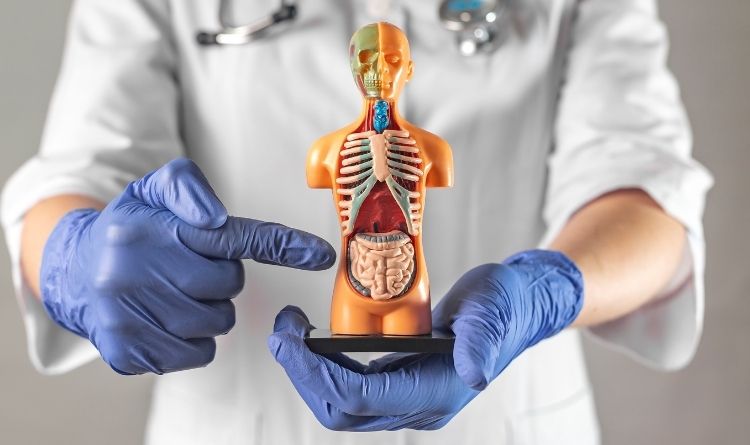
Understanding the Different Types of Gastrointestinal Tests
The gut can be a mystery, isn’t it? One moment you’re gobbling up a hearty meal, and the next, you’re clutching your belly, reeling from Cypress abdominal pain. But there’s a way to crack the code. Gastrointestinal tests are tools that doctors use to unveil what’s happening inside our stomachs and intestines. They are like detectives, leaving no stone unturned. This blog will take you on a journey to understand these different types of tests. It’s time to demystify our guts, don’t you think?
Unmasking the Gut Mysteries: The Upper Endoscopy
Imagine a tiny, flexible tube with a camera. This is not a James Bond gadget, it’s an endoscope. Doctors slide this down your throat to peek into your upper digestive tract. It helps them spot ulcers, inflammation, or tumors. It’s an inside job of the best kind.
Colonoscopy: A Journey to the Large Intestine
Same tiny camera, different route. This time it travels through your large intestine. Screenings for colon cancer, polyps, or bleeding sites are its main missions. It’s not the most pleasant journey, but it gets the job done.
Capsule Endoscopy: A Voyage Through Your Digestive System
Picture swallowing a tiny capsule. This capsule has a camera that captures images of your digestive tract on its journey. It’s a non-invasive way to spot problems that other tests might miss. Think of it as the submarine of gastroenterology.
A Closer Look: Biopsy
Sometimes, the doctors need to dig deeper. A biopsy takes a small sample of your tissue for examination. It’s the microscope detective of the bunch. It might sound scary, but it provides crucial insights about your gut health.
Stool Tests: The Unsung Heroes
Let’s face it, no one likes to talk about poop. But stool tests can reveal a lot about our health. They can detect bacteria, parasites, and blood. It’s not glamorous, but it’s highly effective. As they say, the proof is in the poop.
In conclusion, gastrointestinal tests vary greatly. Some are more invasive than others. Some require you to swallow a tiny camera, while others involve examining your stool. But all of them serve the same purpose – to unearth the mysteries of your gut. So, the next time you experience abdominal pain, remember these tests. They’re tools in the hands of doctors to decode the signals your gut is sending. It’s time we appreciate their role in keeping us healthy.






